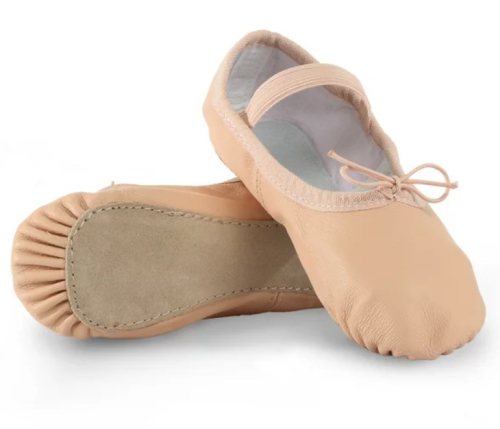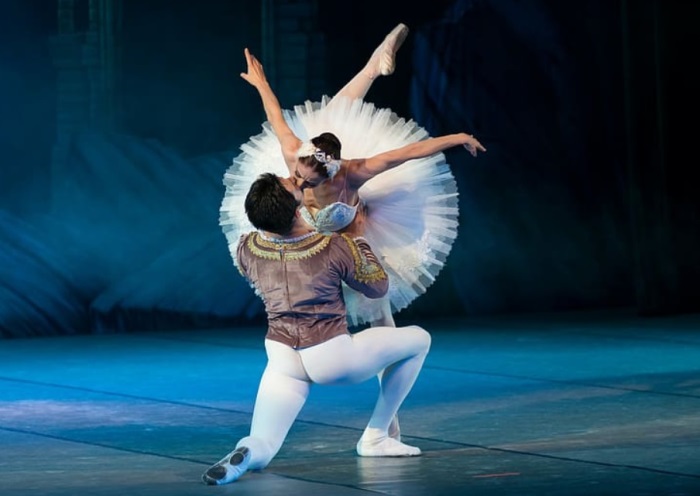As a classic dance known for enriched stories and elegant movements, ballet seems like something cropped out of a fairytale.
However, many ballet facts make the exquisite art more approachable and interesting than ever.
After getting to know them, you may see ballet through a whole new lens!
Table of Contents
- Fact 1. Ballet History Is 500 Years Old
- Fact 2. King Louis Xiv Loved Ballet
- Fact 3. Ballet Was Originally Not For Women
- Fact 4. The Instruction Has Six Methods
- Fact 5. Japan Used To Ban Ballet
- Fact 6. Ballet Dancers Wore Masks Before
- Fact 7. The Makeup Might Take 2 Hours
- Fact 8. Making A Professional Tutu Consumes 3 – 4 Days
- Fact 9. A Ballerina Changes Shoes 2 – 3 Times Per Week
- Fact 10. Male Dancers Use Up Many Tights
- Fact 11. Ballet Can Burn Calories On An Insane Level!
- Fact 12. The Insane Stats Per Performance
- Fact 13. Ballet Dancers Have To Eat Well
- Fact 14. No “Good Luck!” Before The Show
- Fact 15. The Leotard’s Name Comes From…
- Fact 16. A Trick For Balance
- Final Words
Fact 1. Ballet History Is 500 Years Old
The first traces of ballet point back to the 1500s with its name derived from “ballare” in the Italian language.
Through the marriage between King Henry II and Catherine De Medici, ballet was introduced to the court scene and popularized in France.

Fact 2. King Louis Xiv Loved Ballet
King Louis XIV was an earnest ballet enjoyer throughout his life.
In 1661, he founded the Paris Opera Ballet we see today, though it was known as the Academie Royal de Dance when it was first established.
Furthermore, every night after the court members stopped dancing, King Louis XIV would request his hired dancers to perform so he could watch more of his favorite ballets.
Fact 3. Ballet Was Originally Not For Women
Although we think of graceful ladies whenever ballet is mentioned, ballet used to be exclusive to male dancers as a show of athleticism and strength.
During WWII, the Soviet Union still included ballet in its training for soldiers for better agility and discipline.
Even in the 17th century, the roles of women in ballet plays were still incredibly limited. And the ballet flats we know today weren’t developed until the 1800s.
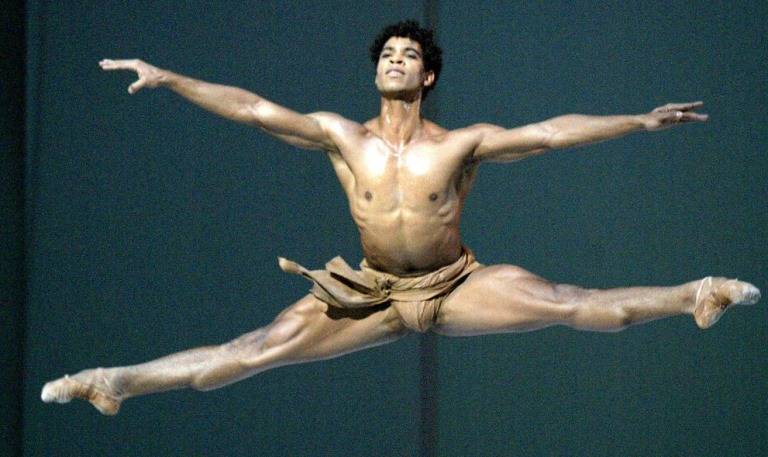
Fact 4. The Instruction Has Six Methods
The number of schools teaching ballet is huge and they have different methods, each with their own specialties and strengths.
However, only six of them are widely recognized.
- The French School
- The Cecchetti Method
- The Royal Academy of Dance Method
- The Balanchine Method
- The Vaganova Method
- The Bournonville Method
Fact 5. Japan Used To Ban Ballet
During the end of the 18th century, Japan’s traditional arts were under suppression while Western-immigrated cultures were promoted. Ballet was banned as a consequence, but only for a short time.
Ballet rose again when the next century began and there was no obstacle to its influence anymore.
Furthermore, the number of internationally acclaimed ballet dancers from Japan isn’t humble at all, such as Miyako Yoshida and Misa Kuranaga to name a few.
The country also has numerous companies and schools specializing in ballet only.
Fact 6. Ballet Dancers Wore Masks Before
Ballet dancers used to wear masks, especially in Italy, where masquerade and commedia dell’arte were such famous concepts. The artists will not reveal their faces as part of the storytelling.
Back then, ballet dancers took inspiration from these arts too, and included masks in their performances. Seeing it was mesmerizing, though the masks also forbid them from showing off their elaborate and intricate skills.
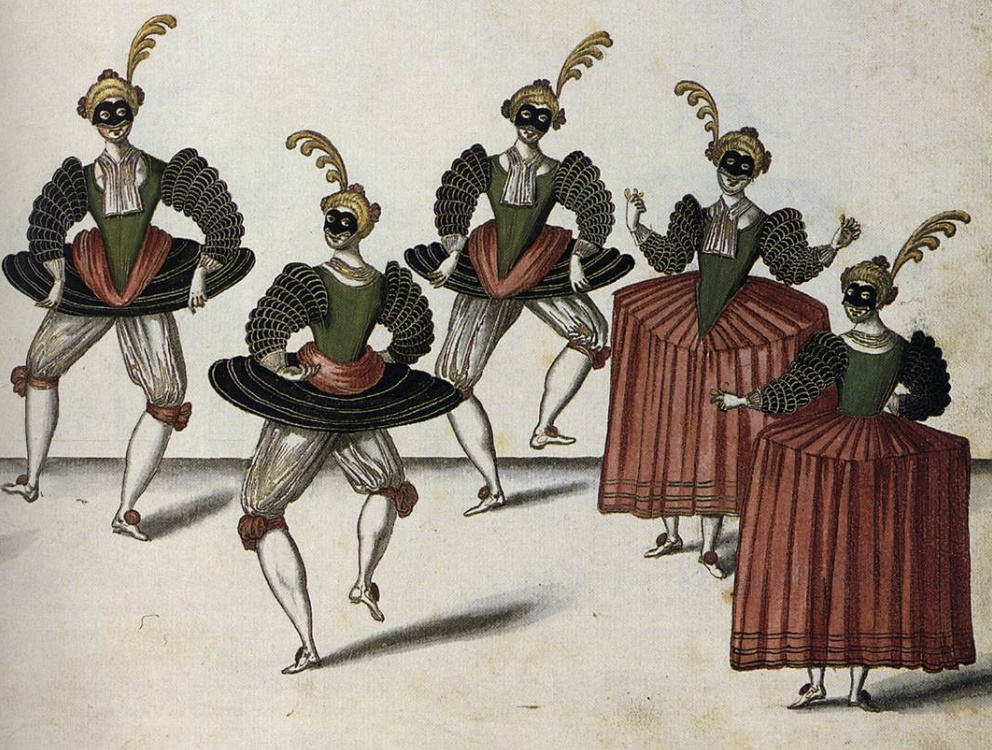
Fact 7. The Makeup Might Take 2 Hours
When masks are no longer a crucial part of ballet, dancers rely on makeup to emphasize certain features and express the characters they want to portray. Wigs, eyelashes, mustaches, and even faux noses – nothing is off-limits.
The makeup and the hair might take about two hours or more to complete, since they also need to be secure enough for all the rigorous moves and the sweat.
More amazingly, ballet dancers are trained to prepare themselves.
Fact 8. Making A Professional Tutu Consumes 3 – 4 Days
The most gorgeous tutu might need a hundred yards of tulle for the making, 3 – 4 days of diligent work, and the overall cost might reach up to $2000.
When we think about the number of tutus a dancer uses in their career, the money spent is mind-blowing.
Due to how delicate and expensive tutus are, they are not suitable for washing. Dancers will spray them with fresheners and hang them during downtime.
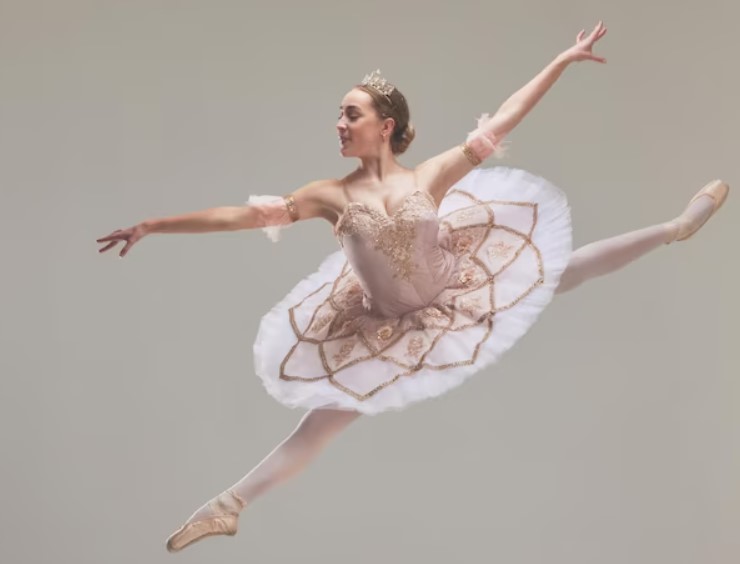
Fact 9. A Ballerina Changes Shoes 2 – 3 Times Per Week
If someone tells you ballet is an expensive art, it is likely due to the cost of shoes.
Professional ballerinas can go through 3 pairs of pointe shoes in a week. A grand production like Swan Lake can destroy more than a pair!
The Pittsburgh Ballet Theatre disclosed a whooping number of $100,000/year for the dancers’ shoes only.
Fact 10. Male Dancers Use Up Many Tights
On the other hand, the tights used and disposed of by male dancers might reach an astounding number too because of the signature movements they have to pull off.
A male dancer might use 4000 sets of tights in his career, and that is only the average estimation!
Fact 11. Ballet Can Burn Calories On An Insane Level!
Despite its elegant and gentle appearance, ballet is one of the most physically demanding dance styles and activities in general.
A dancer of average stature and skill level can burn about 500 calories after a one-hour practice. Depending on how intense they are, this number can go up to 1,000.
Rather than weight loss, ballet is an effective training for muscle building, cardiovascular health, and overall fitness.
In contrast to general beliefs, the impact ballet has on our joints is near zero, hence no age limit would stop you from learning and practicing ballet casually.
Fact 12. The Insane Stats Per Performance
We see a lot of jumps in a ballet show, but did you know a dancer can jump an accumulated 900 feet in their show? It is almost as high as the Eiffel Tower without its antenna.
On the other hand, male dancers lift a combined 1 – 1.5 tons in a show. It’s why they have to be in their best condition for performance. The weight they lift is equal to the 4 events of the heaviest weightlifting contest.
Fact 13. Ballet Dancers Have To Eat Well
The myth about ballet dancers starving themselves to maintain a thin figure should remain a myth. Much in contradiction, they need sufficient carbohydrates and nutrients to keep up with the rigorous schedules.
The famous Sayaka Ichikawa shared that the entire crew would always gather for a big, hearty meal after a show to refuel and prepare for the next day.
Fact 14. No “Good Luck!” Before The Show
Before an artistic show, the performers often say “Good luck” or sometimes “Break a leg”. Nonetheless, ballet dancers say “merde”, a cuss word meaning “poop”.
People theorize that if the show was a success, the surroundings would be so crowded with carriages and feces would be inevitable. Therefore, “merde” is a wish for luck.
Another farfetched theory referred to performances involving animals and assumed dancers saying seemingly strange words to remind one another to be careful.
Fact 15. The Leotard’s Name Comes From…
…Jules Leotard, the father of the flying trapeze art. His name was widely known and appreciated in the middle of the 18th century.
In his performances, Leotard was always adorned with a one-piece, skin-tight outfit for the most streamlined appearance possible, so he could show his figure to the audience while executing his acts.
Fact 16. A Trick For Balance
Ballet involves so much turning, which requires an excellent sense of balance, so the theaters have found a solution.
Behind the last row of seats for the audience, there will be blue lights installed for the dancers to focus on and maintain their poise while turning and spinning.
Final Words
A long and eventful history, as well as the rigorous routine behind the elegant performances, might be something beyond our imagination.
So, have these interesting facts about ballet changed your view of this exquisite form of art? If you have more facts to share, please leave a comment for everyone to read up.
